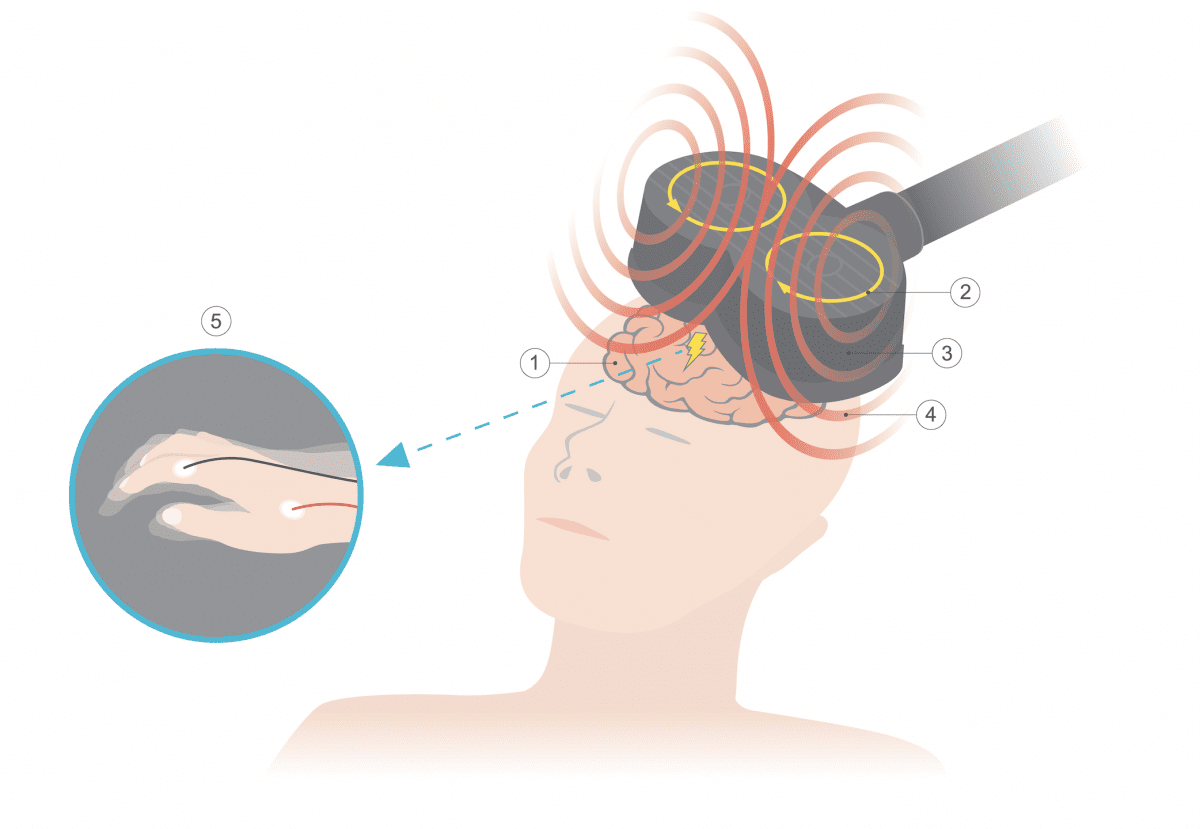ABSTRACT
Objective: Accumulating evidence implicates social context in the etiology of psychosis. One important line of epidemiologic research pointing to a potentially causal role of social context pertains to what is termed social fragmentation. The authors conducted a systematic review of the relationship between area-level social fragmentation and psychosis.
Data Sources: Three databases (MEDLINE, PsycINFO, and Web of Science) were searched from inception to May 2, 2021. There were no language restrictions. Search terms were those that identify the area-level orientation, social fragmentation, sample, and outcome.
Study Selection: Inclusion criteria were the following: (1) social environment measured at the area level with (2) psychosis outcomes (incidence rates, prevalence of psychosis or schizophrenia, age at onset of psychosis, psychotic symptom severity, and duration of untreated psychosis). In total, 579 research articles were identified, and 19 were eligible to be included in this systematic review.
Data Extraction: Two reviewers independently screened, extracted data from, and coded all articles.
Results: Evidence from 14 of 19 articles indicates that area-level characteristics reflecting social fragmentation are associated with higher psychosis rates and other outcomes of psychosis even after controlling for other area-level characteristics including deprivation, social capital, race/ethnicity, and urbanicity and individual-level characteristics including age, sex, migrant status, and socioeconomic status.
Conclusions: In conclusion, this review finds evidence that measures of area-level social fragmentation are associated with higher psychosis rates. Further research into mechanisms is needed to better characterize this association.
Continue Reading...
Members enjoy unlimited free PDF downloads as part of their subscription! Subscribe today for instant access to this article and our entire library in your preferred format. Alternatively, you can purchase the PDF of this article individually.
References (51)

- March D, Hatch SL, Morgan C, et al. Psychosis and place. Epidemiol Rev. 2008;30(1):84–100. PubMed CrossRef
- Jongsma HE, Gayer-Anderson C, Lasalvia A, et al; European Network of National Schizophrenia Networks Studying Gene-Environment Interactions Work Package 2 (EU-GEI WP2) Group. Treated incidence of psychotic disorders in the multinational EU-GEI study. JAMA Psychiatry. 2018;75(1):36–46. PubMed CrossRef
- Abrahamyan Empson L, Baumann PS, Söderström O, et al. Urbanicity: the need for new avenues to explore the link between urban living and psychosis. Early Interv Psychiatry. 2020;14(4):398–409. PubMed CrossRef
- Heinz A, Deserno L, Reininghaus U. Urbanicity, social adversity and psychosis. World Psychiatry. 2013;12(3):187–197. PubMed CrossRef
- Lewis G, David A, Andréasson S, et al. Schizophrenia and city life. Lancet. 1992;340(8812):137–140. PubMed CrossRef
- Zammit S, Lewis G, Rasbash J, et al. Individuals, schools, and neighborhood: a multilevel longitudinal study of variation in incidence of psychotic disorders. Arch Gen Psychiatry. 2010;67(9):914–922. PubMed CrossRef
- Faris R, Dunham H. Mental Disorders in Urban Areas: An Ecological Study of Schizophrenia and Other Psychoses. Chicago, London: The University Chicago Press; 1939.
- Hare EH. Mental illness and social conditions in Bristol. J Ment Sci. 1956;102(427):349–357. PubMed CrossRef
- Giggs JA. Mental disorders and ecological structure in Nottingham. Soc Sci Med. 1986;23(10):945–961. PubMed CrossRef
- Weyerer S, Häfner H. The stability of the ecological distribution of the incidence of treated mental disorders in the city of Mannheim. Soc Psychiatry Psychiatr Epidemiol. 1989;24(2):57–62. PubMed CrossRef
- O’Donoghue B, Roche E, Lane A. Neighbourhood level social deprivation and the risk of psychotic disorders: a systematic review. Soc Psychiatry Psychiatr Epidemiol. 2016;51(7):941–950. PubMed CrossRef
- Allardyce J, Boydell J. Review: the wider social environment and schizophrenia. Schizophr Bull. 2006;32(4):592–598. PubMed CrossRef
- Jaya ES, Ascone L, Lincoln TM. Social adversity and psychosis: the mediating role of cognitive vulnerability. Schizophr Bull. 2017;43(3):557–565. PubMed
- Veling W, Selten JP, Susser E, et al. Discrimination and the incidence of psychotic disorders among ethnic minorities in The Netherlands. Int J Epidemiol. 2007;36(4):761–768. PubMed CrossRef
- Price C, Dalman C, Zammit S, et al. Association of residential mobility over the life course with nonaffective psychosis in 1.4 million young people in Sweden. JAMA Psychiatry. 2018;75(11):1128–1136. PubMed CrossRef
- Boydell J, van Os J, McKenzie K, et al. Incidence of schizophrenia in ethnic minorities in London: ecological study into interactions with environment. BMJ. 2001;323(7325):1336–1338. PubMed CrossRef
- Veling W, Susser E, van Os J, et al. Ethnic density of neighborhoods and incidence of psychotic disorders among immigrants. Am J Psychiatry. 2008;165(1):66–73. PubMed CrossRef
- Veling W, Susser E, Selten JP, et al. Social disorganization of neighborhoods and incidence of psychotic disorders: a 7-year first-contact incidence study. Psychol Med. 2015;45(9):1789–1798. PubMed CrossRef
- Eaton S, Harrap B, Downey L, et al. Incidence of treated first episode psychosis from an Australian early intervention service and its association with neighbourhood characteristics. Schizophr Res. 2019;209:206–211. PubMed CrossRef
- Richardson L, Hameed Y, Perez J, et al. Association of environment with the risk of developing psychotic disorders in rural populations: findings from the Social Epidemiology of Psychoses in East Anglia study. JAMA Psychiatry. 2018;75(1):75–83. PubMed CrossRef
- Kirkbride JB, Jones PB, Ullrich S, et al. Social deprivation, inequality, and the neighborhood-level incidence of psychotic syndromes in East London. Schizophr Bull. 2014;40(1):169–180. PubMed CrossRef
- O’Donoghue B, Lyne JP, Renwick L, et al. Neighbourhood characteristics and the incidence of first-episode psychosis and duration of untreated psychosis. Psychol Med. 2016;46(7):1367–1378. PubMed CrossRef
- Stilo SA, Di Forti M, Mondelli V, et al. Social disadvantage: cause or consequence of impending psychosis? Schizophr Bull. 2013;39(6):1288–1295. PubMed CrossRef
- Kirby JB, Kaneda T. Access to health care: does neighborhood residential instability matter? J Health Soc Behav. 2006;47(2):142–155. PubMed CrossRef
- Liberati A, Altman DG, Tetzlaff J, et al. The PRISMA statement for reporting systematic reviews and meta-analyses of studies that evaluate health care interventions: explanation and elaboration. PLoS Med. 2009;6(7):e1000100. PubMed CrossRef
- Bosqui TJ, Hoy K, Shannon C. A systematic review and meta-analysis of the ethnic density effect in psychotic disorders. Soc Psychiatry Psychiatr Epidemiol. 2014;49(4):519–529. PubMed CrossRef
- Kmet L, Lee R, Cook L. Standard Quality Assessment Criteria for Evaluating Primary Research Papers from a Variety of Fields. Edmonton: Alberta Heritage Foundation for Medical Research; 2004.
- Ku BS, Pauselli L, Manseau M, et al. Neighborhood-level predictors of age at onset and duration of untreated psychosis in first-episode psychotic disorders. Schizophr Res. 2020;218:247–254. PubMed CrossRef
- Silver E, Mulvey EP, Swanson JW. Neighborhood structural characteristics and mental disorder: Faris and Dunham revisited. Soc Sci Med. 2002;55(8):1457–1470. PubMed CrossRef
- Hair J, Black W, Babin B, et al. Multivariate Data Analysis. Harlow: Pearson Education Limited. 2014.
- Allardyce J, Gilmour H, Atkinson J, et al. Social fragmentation, deprivation and urbanicity: relation to first-admission rates for psychoses. Br J Psychiatry. 2005;187(5):401–406. PubMed CrossRef
- Omer S, Kirkbride JB, Pringle DG, et al. Neighbourhood-level socio-environmental factors and incidence of first episode psychosis by place at onset in rural Ireland: the Cavan-Monaghan First Episode Psychosis Study [CAMFEPS]. Schizophr Res. 2014;152(1):152–157. PubMed CrossRef
- Löffler W, Häfner H. Ecological pattern of first admitted schizophrenics in two German cities over 25 years. Soc Sci Med. 1999;49(1):93–108. PubMed CrossRef
- van Os J, Driessen G, Gunther N, et al. Neighbourhood variation in incidence of schizophrenia: evidence for person-environment interaction. Br J Psychiatry. 2000;176(3):243–248. PubMed CrossRef
- Drukker M, Krabbendam L, Driessen G, et al. Social disadvantage and schizophrenia: a combined neighbourhood and individual-level analysis. Soc Psychiatry Psychiatr Epidemiol. 2006;41(8):595–604. PubMed CrossRef
- Rotenberg M, Tuck A, Anderson KK, et al. The incidence of psychotic disorders and area-level marginalization in Ontario, Canada: a population-based retrospective cohort study [published online ahead of print April 26, 2021]. Can J Psychiatry. doi: 10.1177/07067437211011852. PubMed CrossRef
- Omer S, Finnegan M, Pringle DG, et al. Socioeconomic status at birth and risk for first episode psychosis in rural Ireland: eliminating the features of urbanicity in the Cavan-Monaghan First Episode Psychosis Study (CAMFEPS). Schizophr Res. 2016;173(1–2):84–89. PubMed CrossRef
- Pignon B, Schürhoff F, Baudin G, et al. Spatial distribution of psychotic disorders in an urban area of France: an ecological study. Sci Rep. 2016;6(1):26190. PubMed CrossRef
- Luo Y, Guo C, Zhang L, et al. County-level social factors and schizophrenia: a multilevel study of 1.9 million Chinese adults. Psychiatry Res. 2019;271:286–290. PubMed CrossRef
- Tibber MS, Kirkbride JB, Mutsatsa S, et al. Are socioenvironmental factors associated with psychotic symptoms in people with first-episode psychosis? a cross-sectional study of a West London clinical sample. BMJ Open. 2019;9(9):e030448. PubMed CrossRef
- Anglin DM, Lui F, Espinosa A, et al. Ethnic identity, racial discrimination and attenuated psychotic symptoms in an urban population of emerging adults. Early Interv Psychiatry. 2018;12(3):380–390. PubMed CrossRef
- Veling W, Hoek HW, Wiersma D, et al. Ethnic identity and the risk of schizophrenia in ethnic minorities: a case-control study. Schizophr Bull. 2010;36(6):1149–1156. PubMed CrossRef
- Cyranowski JM, Frank E, Young E, et al. Adolescent onset of the gender difference in lifetime rates of major depression: a theoretical model. Arch Gen Psychiatry. 2000;57(1):21–27. PubMed CrossRef
- Sampson RJ. Local friendship ties and community attachment in mass society: a multilevel systemic model. Am Sociol Rev. 1988;53(5):766. CrossRef
- Swaroop S, Morenoff JD. Building community: the neighborhood context of social organization on JSTOR. Soc Forces. 2006;84(3):1665–1695. CrossRef
- Boggess LN, Hipp JR. Violent crime, residential instability and mobility: does the relationship differ in minority neighborhoods? J Quant Criminol. 2010;26(3):351–370. CrossRef
- Schulz AJ, Zenk SN, Israel BA, et al. Do neighborhood economic characteristics, racial composition, and residential stability predict perceptions of stress associated with the physical and social environment? findings from a multilevel analysis in Detroit. J Urban Health. 2008;85(5):642–661. PubMed CrossRef
- Shackman AJ, McMenamin BW, Maxwell JS, et al. Right dorsolateral prefrontal cortical activity and behavioral inhibition. Psychol Sci. 2009;20(12):1500–1506. PubMed CrossRef
- McEwen BS, Morrison JH. The brain on stress: vulnerability and plasticity of the prefrontal cortex over the life course. Neuron. 2013;79(1):16–29. PubMed CrossRef
- Cannon TD, Chung Y, He G, et al; North American Prodrome Longitudinal Study Consortium. Progressive reduction in cortical thickness as psychosis develops: a multisite longitudinal neuroimaging study of youth at elevated clinical risk. Biol Psychiatry. 2015;77(2):147–157. PubMed CrossRef
- Jackson HJ, McGorry PD. The Recognition and Management of Early Psychosis: A Preventive Approach. 2nd ed. Cambridge University Press; 2009.
Please sign in or purchase this PDF for $40.
Save
Cite
Already a member? Login



